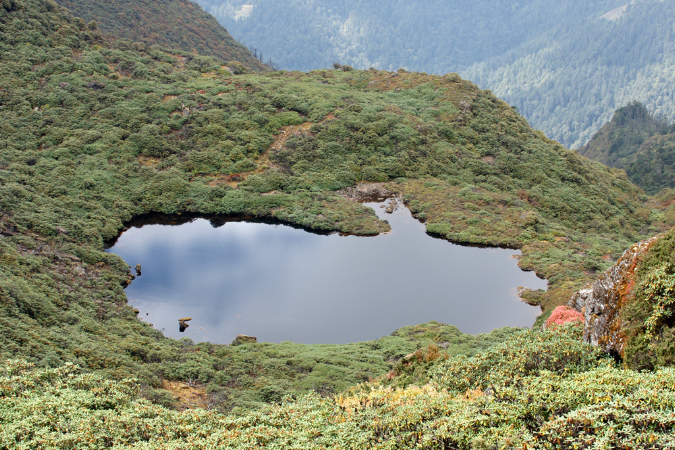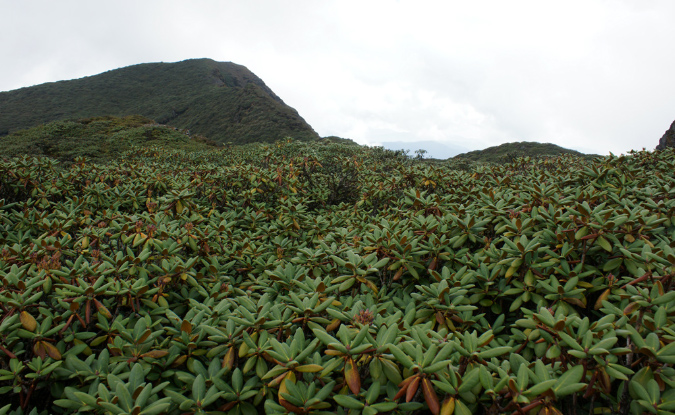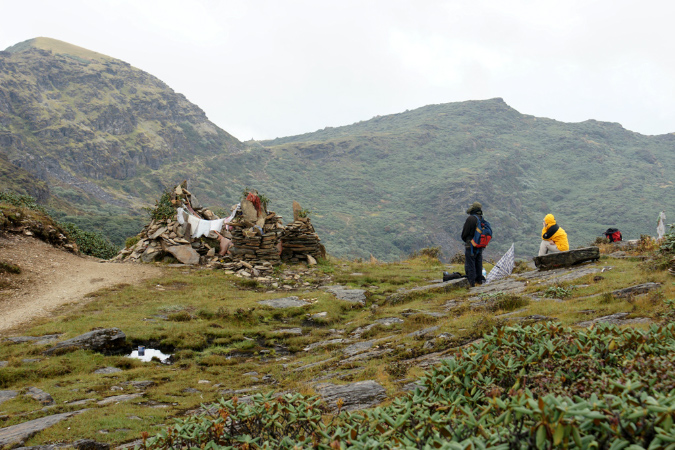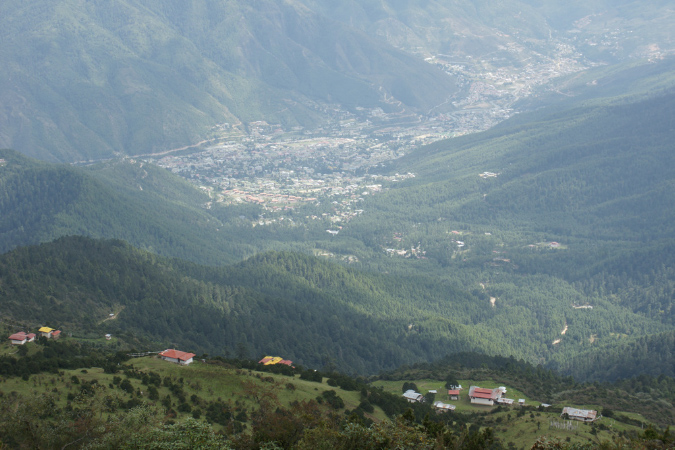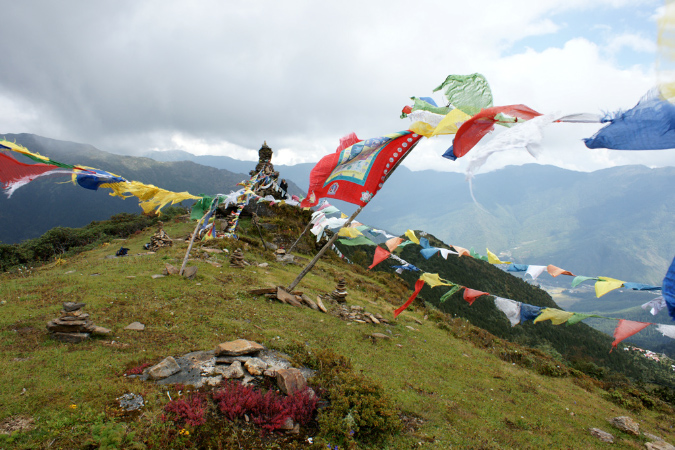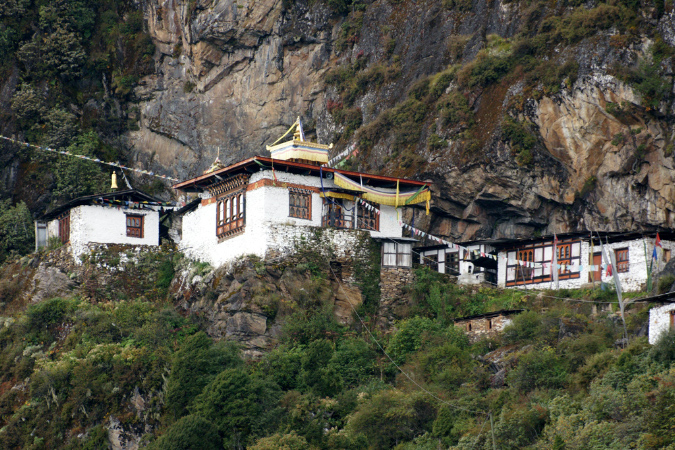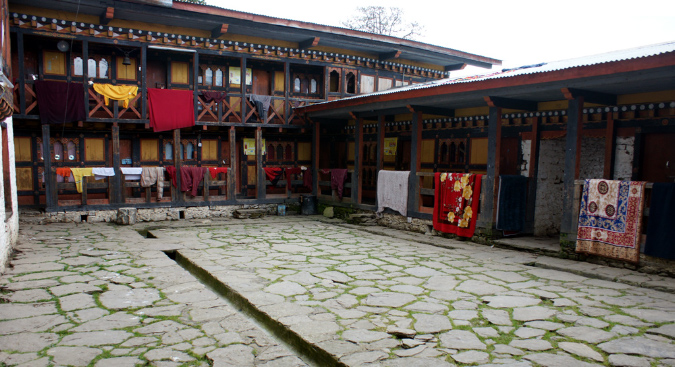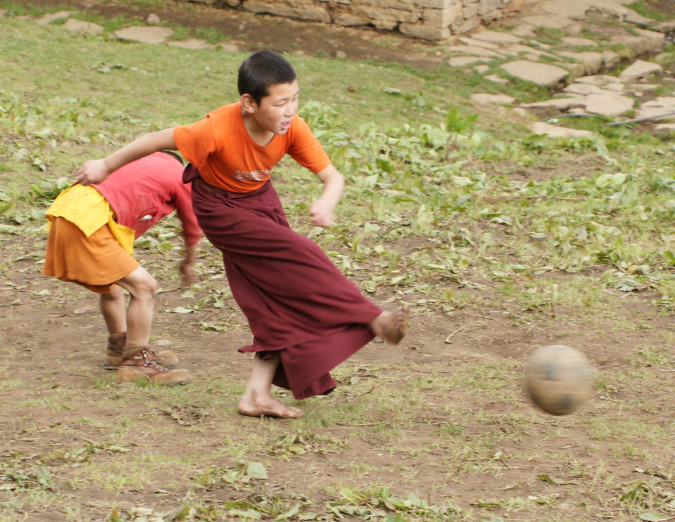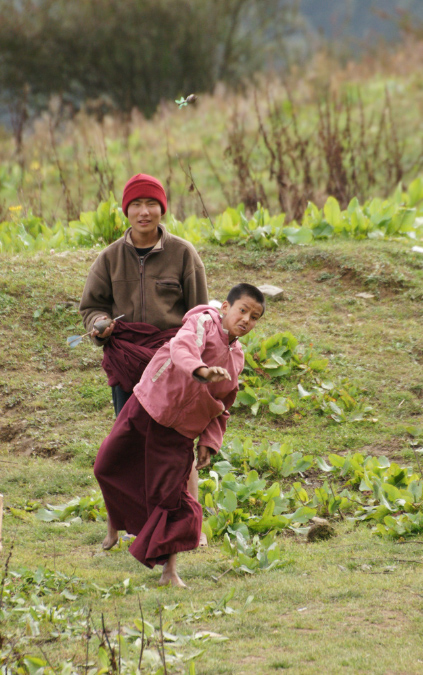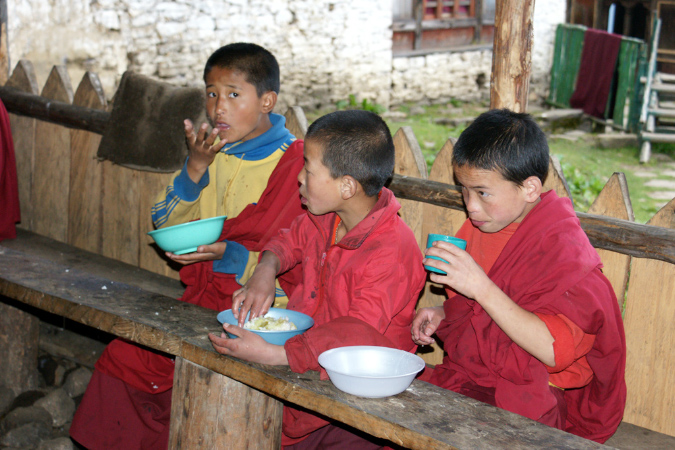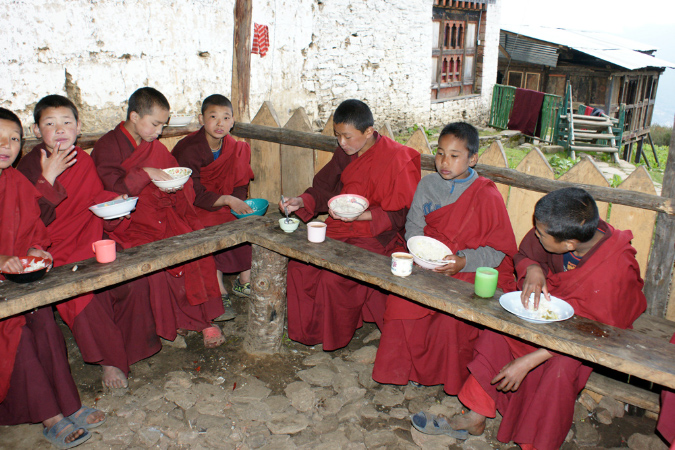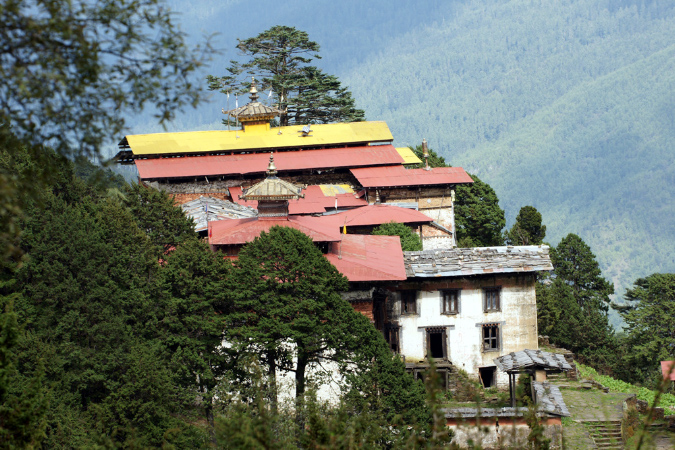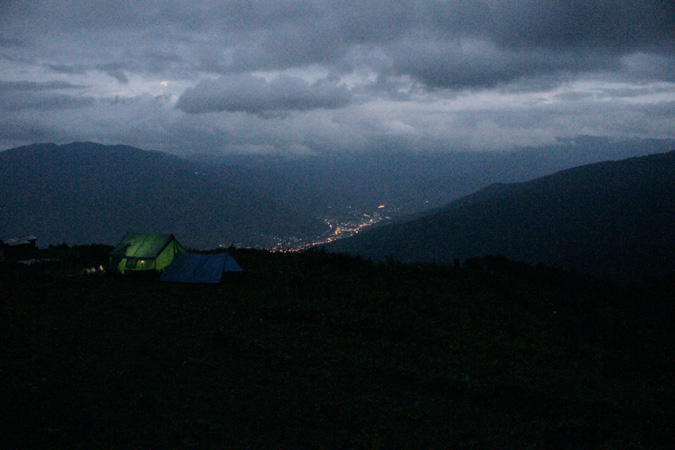Chencho Dema THIMPHU.
The listing of the Phajoding Monastery in the World Monuments Fund has come at an opportune moment, as the pace of development in Thimphu and adjoining areas is fast becoming a threat to the temple complex that was founded in the 13th century.
Phajoding stands out as a place of solace for the bustling Thimphu valley. The site majestically exemplifies the spiritual tradition of seeking salvation through meditation. Therefore, the key opportunities presented by this heritage site are of the following:
- A comprehensive survey and documentation of the site would provide further insight into the unique spiritual tradition associated with this site and the country, which would be enlightening not just for the visitors but also the local people.
- The simplicity with which the traditional structures blend with the natural landscape would generate appreciation towards the use of local materials and construction techniques.
Phajoding, even today, is revered as one of the most sacred sites established through the ages by numerous spiritual figures who played an important role in shaping the history of Bhutan.
The complex is located on a high, green mountain, at an altitude of about 3640 m and is around three hours walk from Sangaygang (BBS tower).
Phajoding comprises of 10 lhakhangs (temples) and several drubkhangs (meditation houses), which are all located at some distances from one another. The Thujidra (temple with meditation houses) is located on the uppermost cliff and is an hour walk from Jampa lhakhang, the lowest temple housing the monastic school.
Most of the temples have ancillary buildings, which are either attached to the main temple or built nearby. These ancillary buildings are used as residences for the monks.
The name Phajoding has originated from the name of Phajo Drugom Zhigpo, a Kagyud saint who propagated Kagyud Buddhism in Bhutan. He established the first meditation site at Phajoding in the 13th century.
As per the prophecy of Guru Rimpoche, Phajo (1208- 1275) established 12 meditation centres (comprising of four Dzongs or fortress, four Dra, sacred cliffs and four phugs or caves in the Drukpa Kagyud lineage of Bhutan.
While meditating at Puemo Drakar, Phajo envisioned a figure of Chenrizig (Avalokitesvara – locally known as Thuji Chenbo) and accordingly, renamed this meditation site as Thujidra and is the most important religious building on this mountain.
Consequently, to credit this sacred meditation site, the following temples were built by several saints in the later years:
|
Name of the Lhakhangs |
Built by |
Year |
|
Puemo lhakhang |
Ngawang Chogyal |
16th century |
|
Khanza, Jampa, Sangay Menlha, Khachhoe Drabi, Chador, Jamyang and Thongwa Zhimchung Lhakhang |
9th Je Khenpo (Chief Abbot of Bhutan) Sakya Rinchen |
1744-55 |
|
Jangchub Nyingpi lhakhang |
13th Je Khenpo Youten Thaye |
- |
|
Wogmin lhakhang |
16th Je Khenpo Sherab Singye |
1784-91 |
The13th Desi Chogyal Sherab Wangchuk and 19th Desi Druk Tenzin (1789-92) also built temples at Phajoding. Over the years, smaller buildings were constructed around these temples as residences for the caretaker monks and retreat centre for the latter as well as for layman keen on undertaking meditation at this sacred site.
